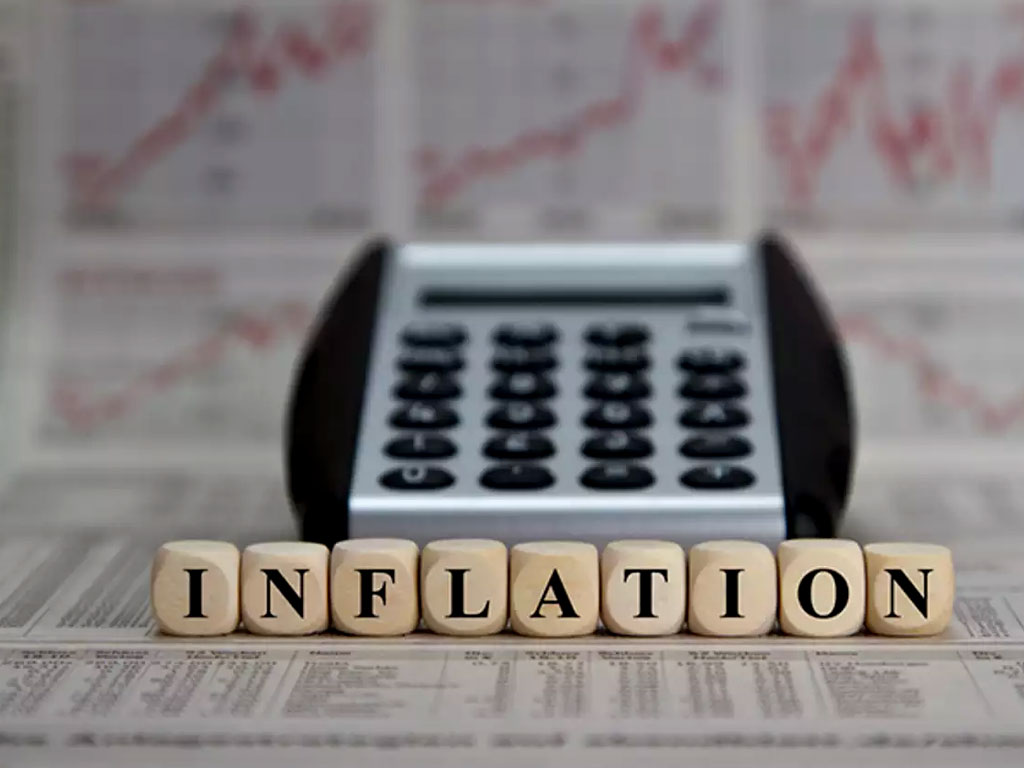Rising inflation: put rate cut on halt

The monetary policy is due tomorrow. There is no excitement. No change is expected; one house is betting on a hike, according to CFA Society Pakistan Survey. Till last review, earliest easing was expected by May; now it is July to September. The food inflation is getting out of control. Inflation in Dec stood at 12.6 and is expected at 13.5-14 percent in Jan. It will likely remain in double digits in this fiscal year. Earlier easing is off the cards.
The demand driven inflation is showing signs of slowing down. The 12M moving average core inflation is at 8 percent and in Dec it stood at 7.8 percent. The problem is food inflation which lately has picked up; 17.9 percent is much higher than 12M average of 10.4 percent. In Jul-19, the 12M average was 4.6 percent. There is no respite in increase. The SPI inflation is hovering at 20 percent. The prints of wheat crisis are reflecting in SPI.
Wheat crisis could be followed by sugar. The milk prices are at the verge of increase as well. There is disruption in food value chain supply. Exports (and smuggling) is viable; domestic shortages are being created. Price convergence is taking place. Food inflation is expected to remain high in Jan and Feb.

The other supply push inflation jerk is expected in energy prices. The recommendation is to increase average electricity base tariff by 90 paisa on Rs13.5 per unit – 7 percent increase. The increase in gas prices (average 18 percent) will be reflected in Jan. The problem is this would not be the last round of increase. The circular debt reduction is routing through price hike. The inflation spiral is hard to stop.
The central bank’s policy focus is crystal clear on inflation targeting. The real interest rates are expected to be maintained at 2-3 percent based on forward looking headline inflation. With developments in food and energy prices, the headline inflation is likely to be around 11-12 percent for the next 6 months. There will be more hawks in monetary policy committee.

One reason for high food inflation is climate change. In 2019, weather patterns shifted in Punjab and Sindh. There were more rains in spring. Sindh suffer a prolonged summer. Winter came early in Punjab. Many crops were adversely affected. SBP should do a working paper on crop loss due to climate change and its impact on inflation. In the last IMF annual meeting in DC, there was talk on role of central banks in climate change. SBP should have a forward-looking approach on the subject.
From MPC perspective, there could be fewer votes for rate decline this time. In Nov, two out of ten members voted for rate cut while there was one vote in Sep. Will there be more votes for decline in Jan? Will there be any for rate hike? It would be an interesting meeting. There are other macro indicators to be seen and discussed.

The fiscal spending might increase as government is losing political capital on austerity. This will induce some growth. Ideally, growth should emanate from the private sector. At such high rates no one catering to domestic market is planning capacity expansion; even working capital borrowing has thinned. Exporters are expanding and have access to cheap credit. Foreign currency based domestic lending has started – it’s cheap lending only if exchange rate does not depreciate.
The current account reduction is good. Supply of foreign exchange is in excess and SBP is accumulating reserves. Currency appreciated in the past few months. However, the inflation differential with the US is increasing. Emerging economies are on an easing spree. According to Financial Times, 58 developing economies’ central banks cut rates in 2019. Inflation and interest rates increasing differential may build currency depreciation expectations.


























Comments
Comments are closed.